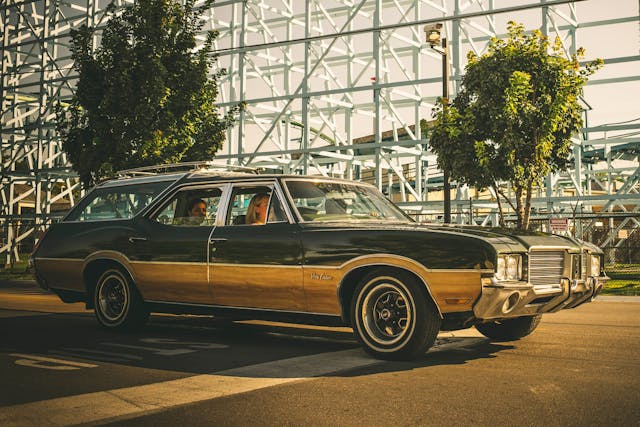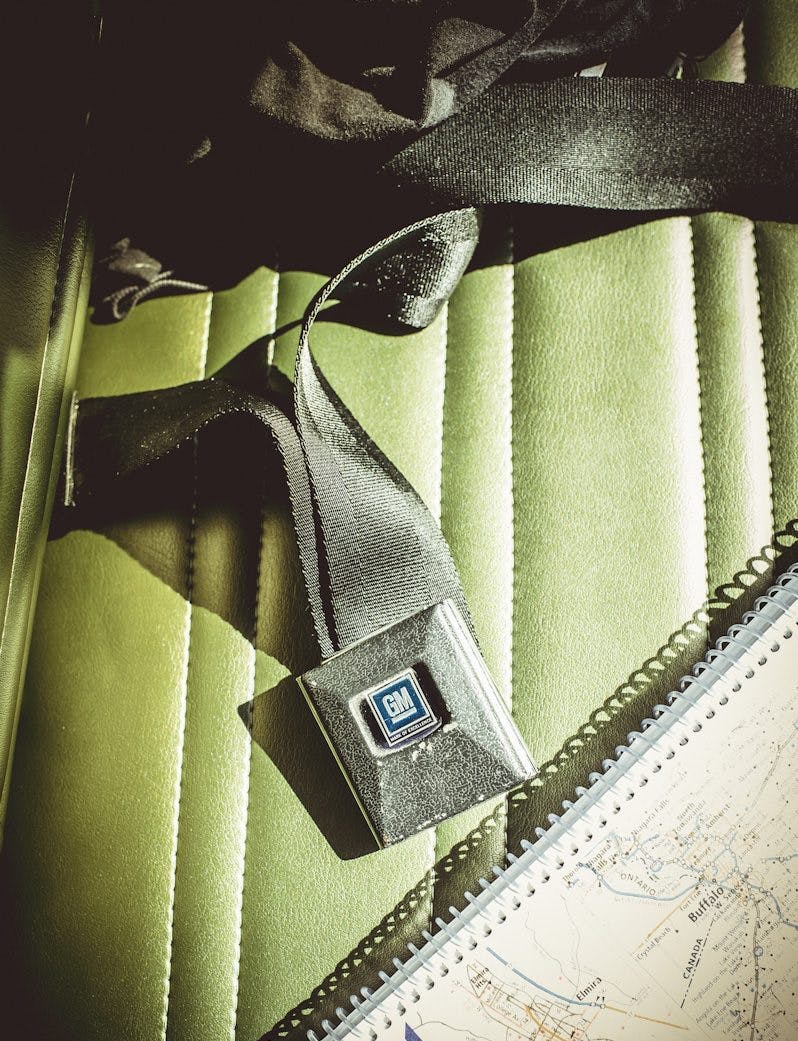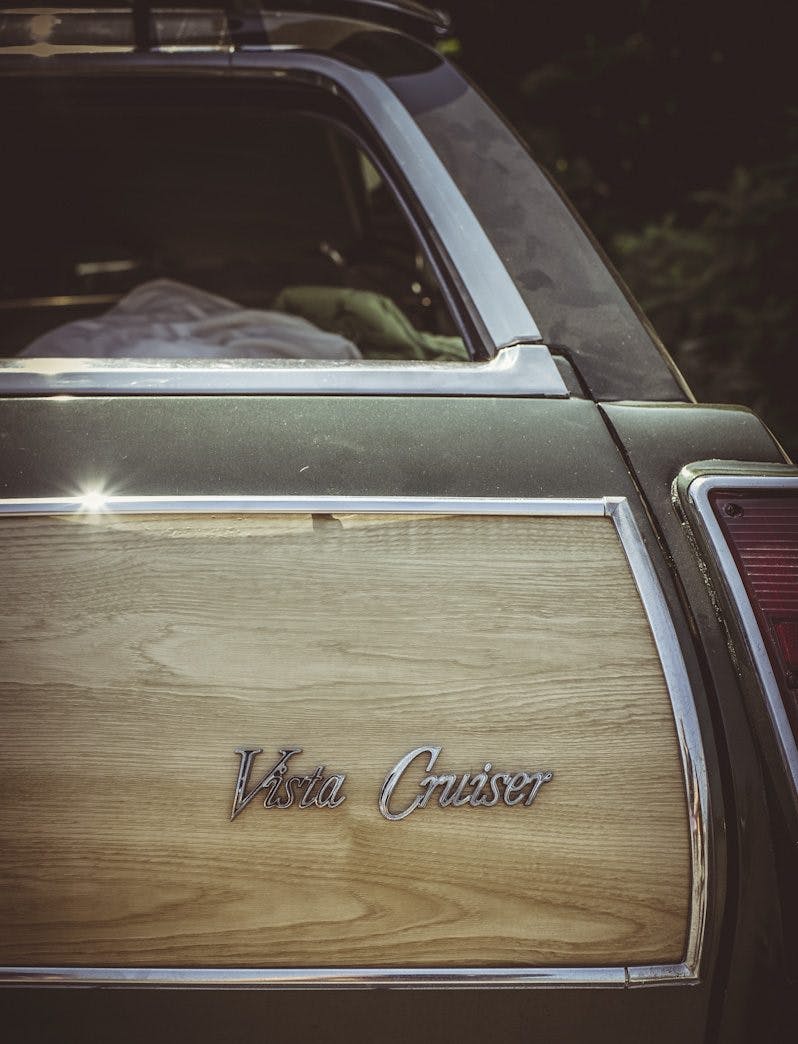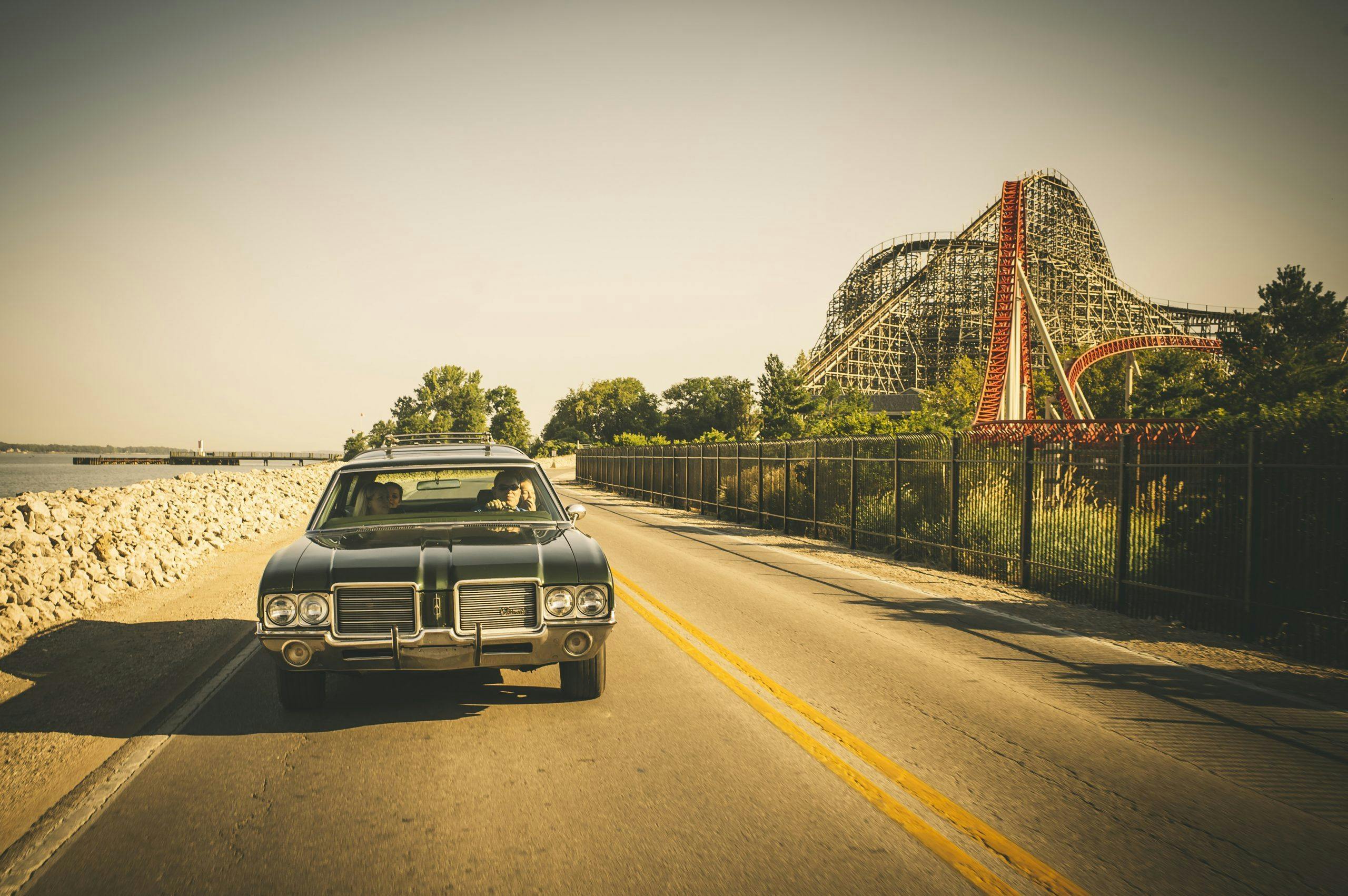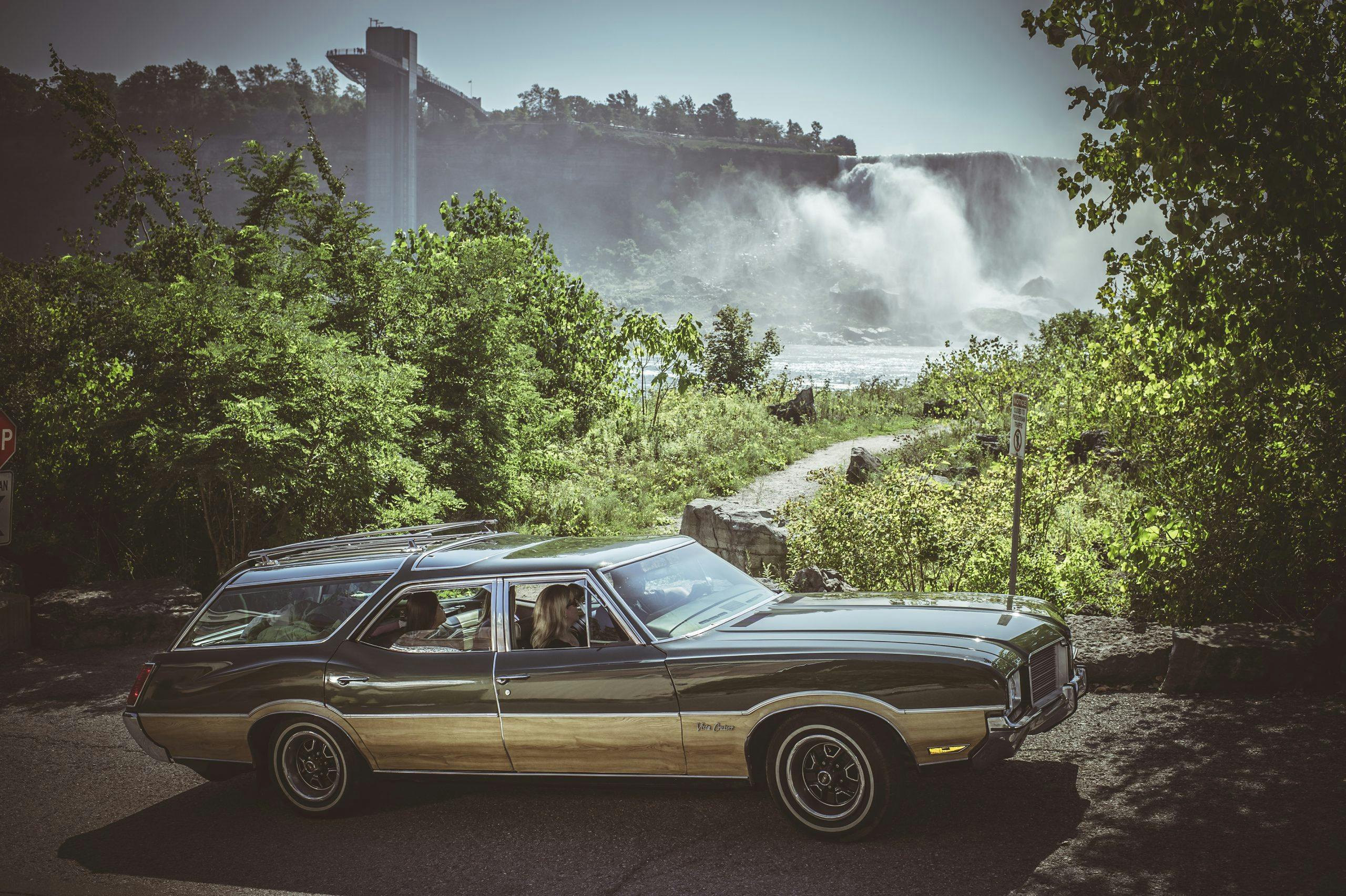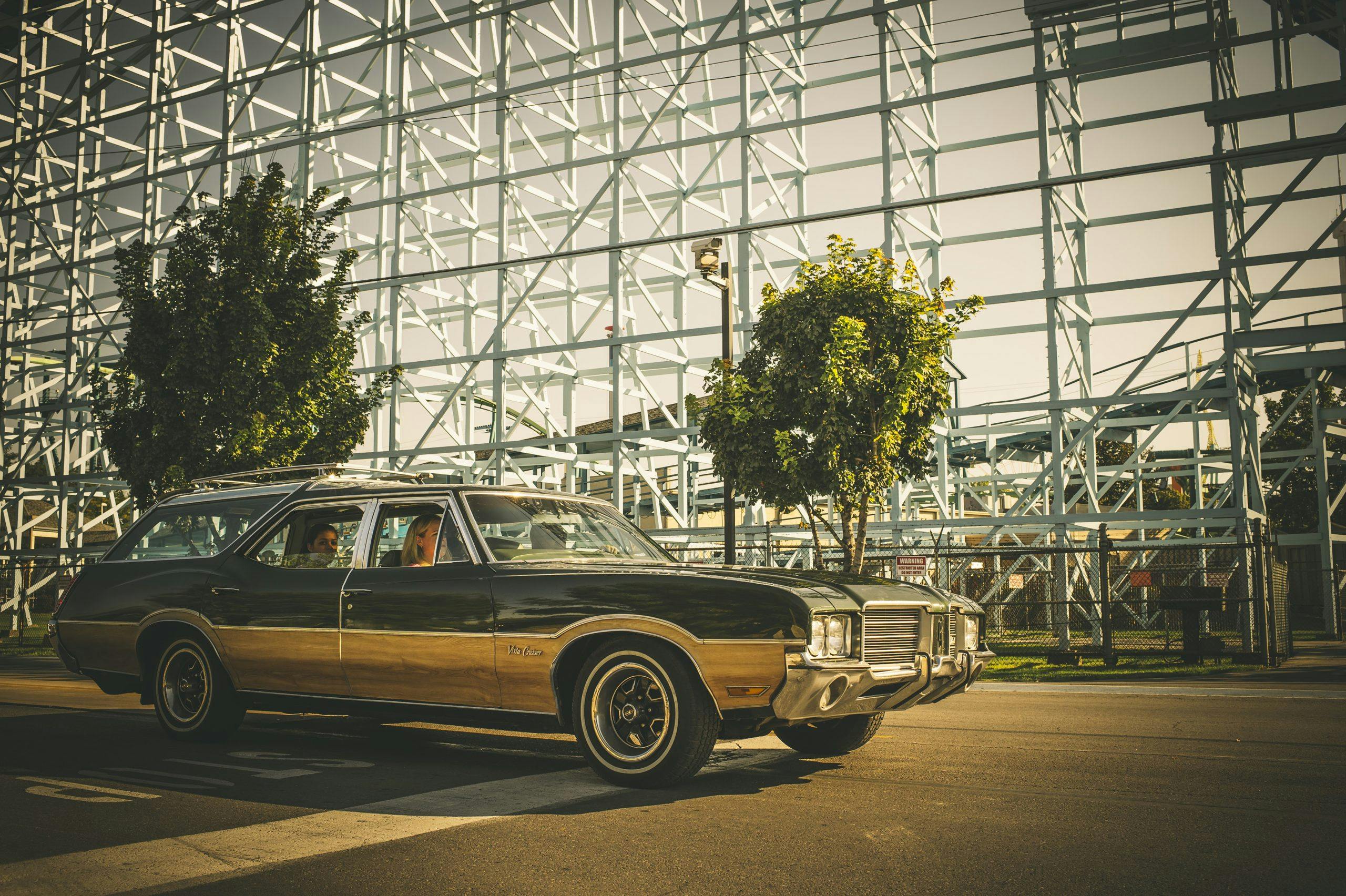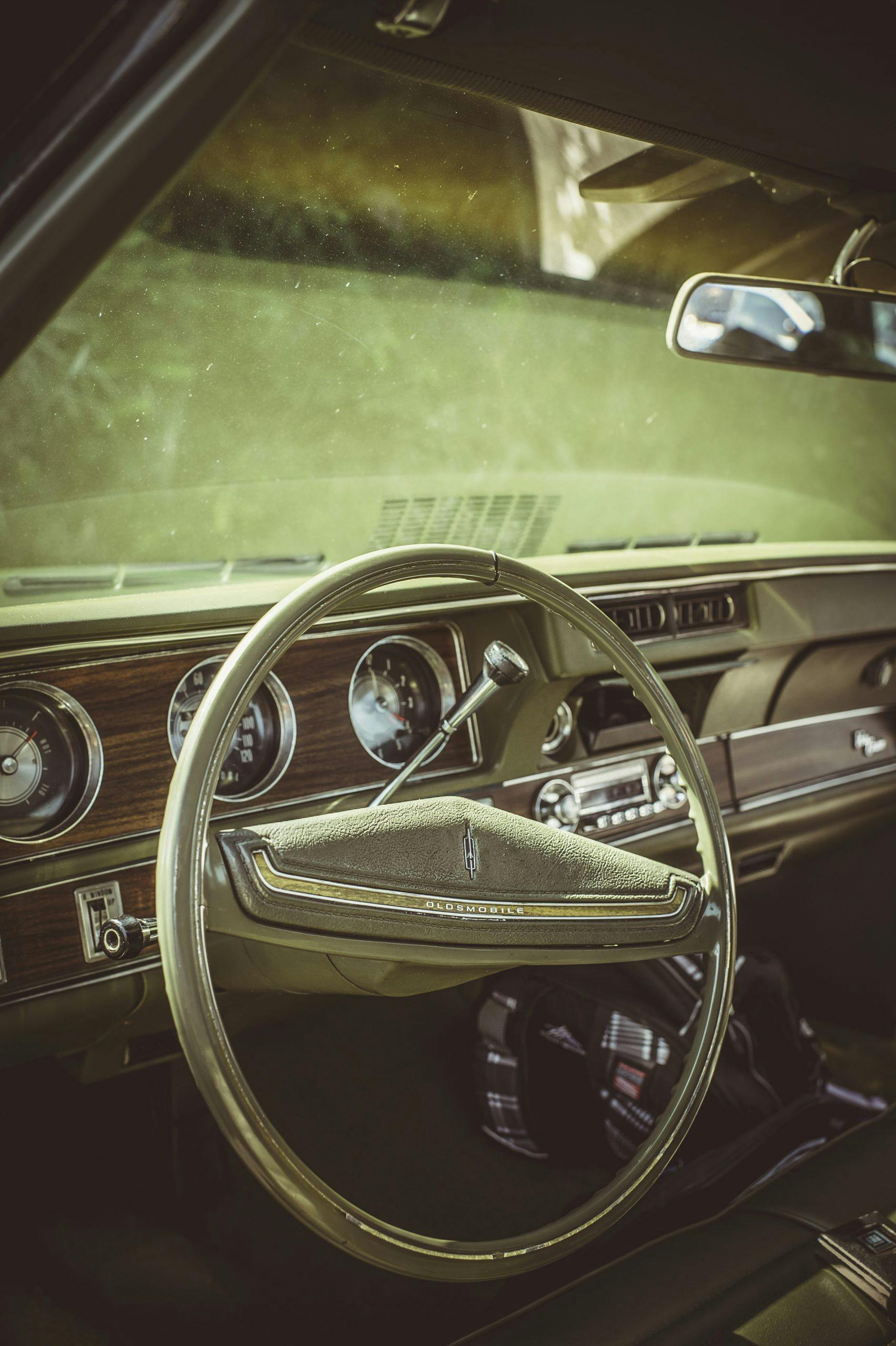Hasta la Vista, Baby! Oldsmobile’s Vista Cruiser defined family recreation for a generation
Technically, GM Styling designed the original 1964 Oldsmobile Vista Cruiser, but World War II most likely spawned its success. That’s because in the postwar years, Americans were busy doing two things: building families and engaging in outdoor recreation. Conceivably inspired by GM design chief Harley Earl’s 1945 Astra Liner railroad car and industrial designer Raymond Loewy’s 1954 Greyhound Scenicruiser bus, at its launch, the Vista Cruiser instantly became an all-American family all-star.
“We designed the Caprice in Chevrolet Two Studio, and Oldsmobile Studio sent a designer and a couple of sculptors in to master the Vista Cruiser on the right side of our model,” explains former GM designer Dick Ruzzin. Tinted “Vista-Roof” windows, check. Cavernous interior space with available three-row seating, check. A unique My Three Sons–era lifestyle statement, check.
Based on GM’s new intermediate A-body platform, the original 1964 Vista Cruiser had a 120-inch wheelbase and was a distinct model above the division’s standard F-85 wagon, which was 5 inches shorter. The second-generation Vista Cruiser, which ran from the 1968 to 1972 model years, rode on an even lankier 121-inch wheelbase. With it came the technologically marvelous Drop-or-Swing tailgate. Sun visors allowed passengers under the roof glass to escape direct rays in the second-row seats.

Soon enough, midcycle exterior and interior facelifts pushed the Vista Cruiser into the 1970 model year. Changes included a more aggressive grille and fender lines and a more elegant (if you like woodgrain) instrument-panel design. The feature list for the Vista Cruiser remained plentiful, including a rooftop luggage carrier, woodgrain-vinyl body siding, six different wheel-cover options, and such paint colors as garnet, Willow Gold, and teal. Interior features included burl-grained appliqués, “limousine-thick carpeting,” air conditioning, and a signal-seeking radio—with a Reverbatone speaker.
The second-generation Vista Cruiser arrived just as Motown was in the middle of the historic horsepower wars, a party that lasted another few years, until emissions regs shut it down. As such, the Vista Cruiser gained more Rocket V-8 choices, first starting with the 310-hp, 350-cubic-inch version and working up to the 400-cubic-inch big-block borrowed from the 442; for 1970–72, this was replaced by a mighty 365-hp, 455-cubic-incher. Four transmissions were available, including the two-speed Jetaway automatic, a three-speed Turbo-Hydramatic, and a rarely selected choice of three-speed column-shift or four-speed floor-shift manuals.
By coincidence, the Vista Cruiser’s apogee traced that of the 4-4-2, a terrific model name coined to identify Oldsmobile’s four-barrel carb, four-speed gearbox, and dual-exhaust Cutlass. Olds never offered a 4-4-2 version or the division’s high-performance W-30 package for the Vista Cruiser, which would have been epic.
In 1973, a third-generation Vista Cruiser—minus the trademark Vista-Roof windows due to strict new rollover safety standards—debuted, but it just wasn’t the same. It’s too bad Harley Earl’s vision didn’t last. Because now, a half-century later, awash in a sea of plastic-fascia, cookie-cutter CUVs, we actually need the Vista Cruiser like Gotham needs Batman. Somebody please flash on the klieg light—with a Vista Cruiser symbol dancing in the clouds.
1968 Oldsmobile Vista Cruiser
Engine: 350-cubic-inch V-8
Power: 310 hp @ 4800 rpm
Torque: 390 lb-ft @ 3200 rpm
Weight: 4138 lb
0–60 mph: 8.2 sec
Cargo space: 100.5 cubic feet
Price when new: $3485
Hagerty #3-condition value: $14,080
